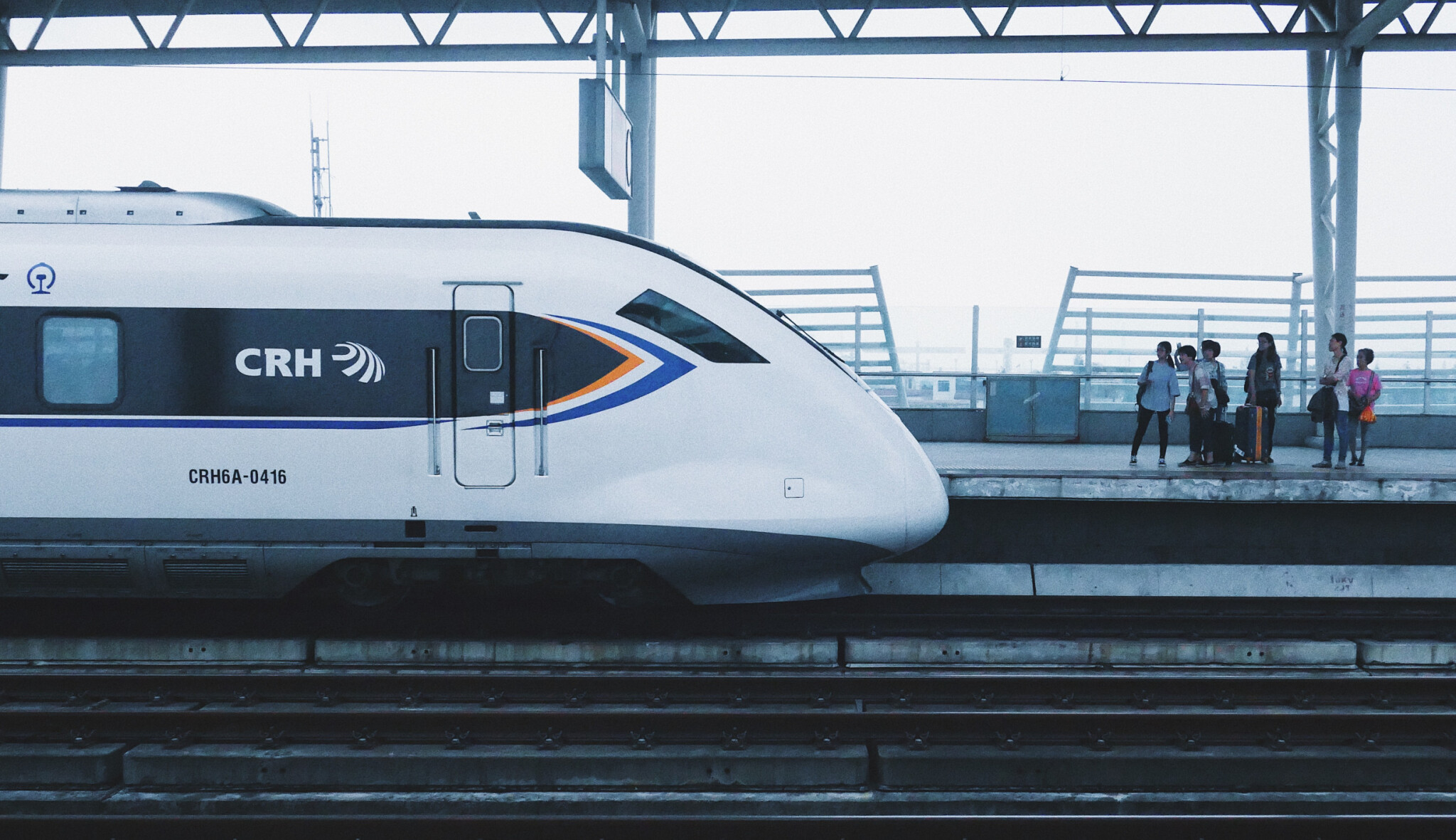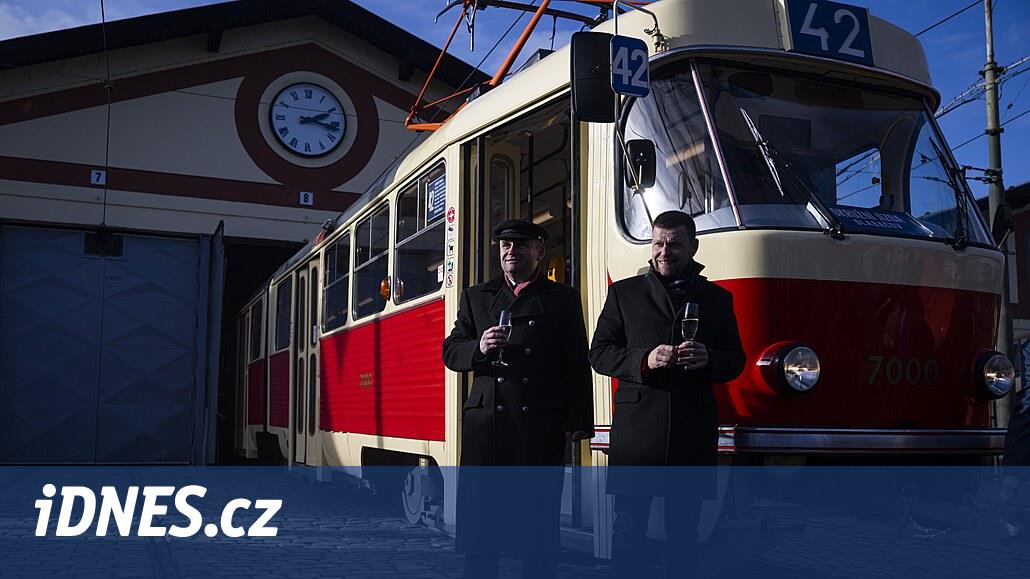Not just Prague anymore. Expressways are supposed to erase the differences between regions. And the price for land
From Prague to Brno in an hour, to Ústí nad Labem in half an hour and to Dresden in an hour. The reduction of travel distances and the connection of the Czech Republic to the European network of modern railways are the main reasons for the construction of high-speed railway lines, on which the state is now working.
Gradually, new high-speed connections are to be built on a total of five sections. The Railway Administration is preparing lines on the backbone between Prague, Brno and Ostrava, a section on the Brno – Vienna / Bratislava, Prague – Běchovice – Poříčany route and also two sections between Prague and Dresden.
However, in addition to speeding up traffic, high-speed lines are to bring further development to the Czechia. Business should also benefit from them. “It is important that the situation is balanced between the regions. And to make the regions much more accessible, “says the head of the transport section of the Czech Chamber of Commerce, Emanuel Šíp.
According to him, a typical case is Ústí nad Labem. “You will be off the high-speed line in Prague in about half an hour, today it takes an hour today. For investors who would like to go to the Ústí nad Labem region, this will be a huge plus. It is similar with other areas, for example in Jihlava, “describes Šíp.
The fact that high-speed trains on the new railways must reconcile the differences between the regions is also emphasized by the Railway Administration. “It will be the backbone of public transport, but also of economic development. This will mean tens of billions of crowns for the development of the regions. Emission savings are also a great benefit, “said Martin Švehlík, Director of the High-Speed Lines Preparation Department of the Railway Administration, at a large conference on new railways, which took place in the Center for Architecture and Urban Planning in Prague.
“In addition, it has been proven that high-speed train stops, even those that are not located directly in cities and are planned outside them, such as Roudnice nad Labem, also have space for housing, science, research, innovation, industry.” adds Šíp. According to him, a typical example of how high-speed trains have contributed to the development of regions is the gradual construction of the TGV network in France.
Arguments of France in terms of economic development and the Railway Administration. For example, the high-speed line in the Pays de la Loire region, together with follow-up measures, has contributed to the creation of more than 21,000 jobs in the eight years since its launch. The Railway Administration promises something similar, for example in the case of Jihlava, where studies have shown the detectability of the potential for the creation of eighteen thousand new jobs.
The TGV connection to the city of Tours again initiated the transformation of brownfields around the railway into a prosperous district with new jobs.
And logically, the appreciation of land that will be close to the new railways is also assumed. “The impetus will also be new terminals, which will also have a major impact on land prices. After all, this is already happening when it comes to where the terminals will be, “says Lukáš Týfa from the Faculty of Transport at the Czech Technical University.
It was similar in the already mentioned France, where the construction of the TGV significantly affected the real estate market. For example, in Le Mans and Vendome, the price of land rose by twenty and thirty-five percent, respectively, following the construction and launch of a high-speed line.
“This style will also benefit locations that are a little further from the high-speed lines, but will be well connected to them. For example, I would now buy land around the railway station in Havlíčkův Brod. Jihlava will also be fine, “adds Týfa.
Benefits also for Prague
In the future, Prague should also benefit from high-speed lines. Therefore, the city management and the Institute of Planning and Development of the capital. The City of Prague has long supported the development of high-speed lines. The main benefit for metropolises will be new lines, mainly in terms of capacity. In order for more and more people to come to Prague for work, the management of the metropolis is looking for alternatives to individual transport.
The number of people crossing the borders of Prague and the Central Bohemian Region every day has tripled in the last ten years, and now it is 230,000 people a day, all of whom drive to the city. However, Prague’s attempt to move these people to trains runs into the capacity of the current railway network, which is congested. By moving to new high-speed lines in long-distance transport, suburban transport to the existing rail network will have room for growth.
This is to be followed by the city’s plan to create new railway tunnels under the center of Prague, which will connect the center with suburban and long-distance lines. “This is crucial for Prague, because if high-speed lines end on the outskirts of Prague, it will not work,” adds Týfa.
According to Šípa, mainly the areas beyond the outskirts of the capital can find out the advantages of high-speed lines.
A typical example is the village of Nehvizdy behind the northeastern edge of the metropolis, where the Railway Administration of the large large terminal Prague-East. “There can be a really big new business there,” he says. Terminal in Nehvizdy services Railway administration according to the design of Metroprojekt and architectural office Opočenský Valouch architects.
The Tullnerfeld station on the Westbahn line in front of Vienna, which was established twelve years ago in the middle of the fields, was an inspiration and an example of the new terminals generating development. Since then, however, a five-storey car park, office buildings or a kindergarten have sprung up there.
In the case of Prague, we are working with the possibility of connecting the high-speed railway with the Ruzyně airport. “There is a big business already now, but with the new railway it could bring further development, as can be seen in other metropolises in Europe,” adds Šíp.
The state wants to complete the network of high-speed lines within about 25 years. These will be double-track lines intended only for passenger transport, on which trains will be able to run at speeds of up to 320 per hour.
At present, the individual sections are in the pre-investment phase, the state has prepared feasibility studies and individual projects will begin to enter into territorial proceedings, so that in 2023 the first contracts for the preparation of constructions will be launched. In 2025, they should then start building in reality.
According to Týfa, however, this is rather an optimistic estimate, and yet the state is talking about the fact that the finances for construction are ready, other factors may also speak in the schedule for building fast lines.
“The construction capacities of companies, which may not be enough in the case of such large orders, may be involved. It is already a problem to find qualified employees in this field. Another problem will be material that is not easy to provide in such a volume, “the mayor of Týfa.
After all, the railway administration says that the first trains could run on the new high-speed lines sometime in 2028.



